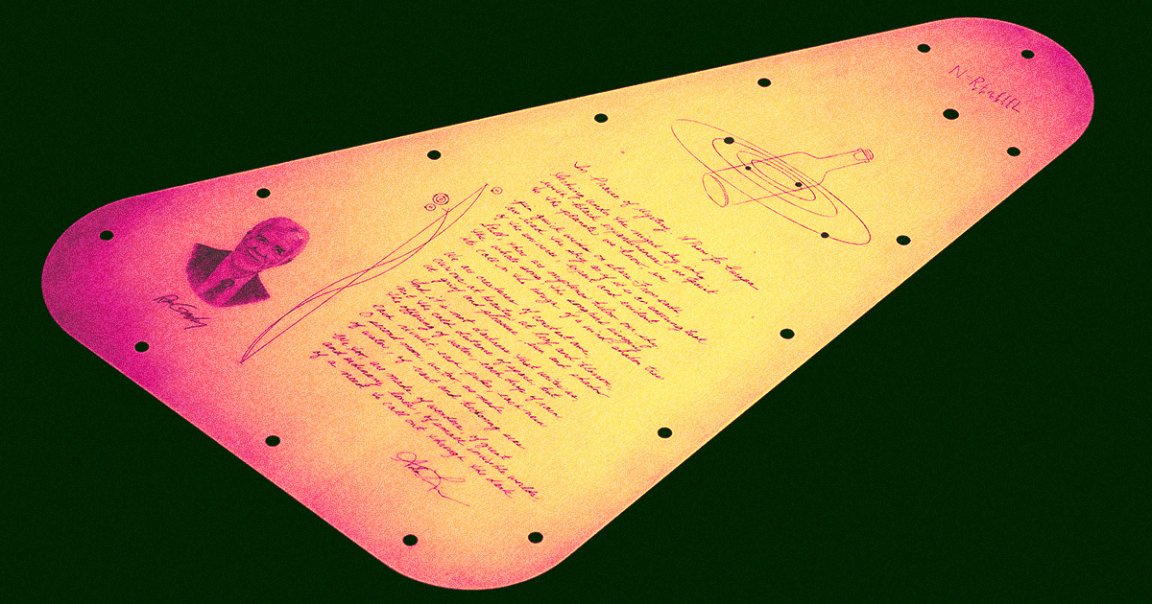
Anyone There?
One of NASA’s latest probes is carrying on the grand tradition of blasting humanity’s message out to the cosmos — and this one’s searching for life outside of our pale blue dot.
As Gizmodo reports, the space agency has recruited a nonprofit specializing in research and design for future interstellar messaging to assist in its quest not only to find whether Jupiter’s icy moon Europa harbors the conditions for life, but also to communicate with anyone or anything that may come across the craft, too.
That nonprofit, named METI International after its “Messages to Extraterrestrial Intelligence” concept, told Gizmodo that the Europa Clipper mission was a “natural match” for its organization.
“METI’s earliest contribution to the project draws on the science of linguistics, which identifies the major families of languages on Earth,” METI founder and president Douglas Vakoch told the website in an email. “This let us identify a broadly representative sampling of languages to feature on the message plate.”
In a commemorative plate mounted onto the roughly-triangular probe, NASA has inscribed a handwritten version of “In Praise of Mystery: A Poem for Europa,” which was penned by US Poet Laureate Ada Limón specifically for the mission.
The craft also contains a far-out etching of a bottle surrounded by rings — a reference to the agency’s “Message in a Bottle” campaign, which urged the public to send their names to be included on the probe. In a microchip at the bottle’s center, more than 2.6 million names were stenciled using an electron beam at NASA and CalTech’s Jet Propulsion Laboratory.
Alien Formula
One of the mission’s coolest communiqués, however, is on the other side of the craft. With METI’s help, NASA compiled recordings of people saying the word “water” in 103 global languages and converted them into visual waveforms. Those waveforms were then etched onto the probe in a beautiful starburst design, with the American Sign Language symbol for water resting at its center.
In a nod to our species’ own quest to find intelligent life, NASA also included the “Drake equation,” named after revered astronomer Frank Drake, who in 1961 developed a formula to try to determine how many advanced civilizations may be out there.
Ultimately, as Vokoch explains, the Europa Clipper’s message is more of a time capsule of sorts for future humans than its predecessors sent out on the Pioneer and Voyager missions.
“The more we developed the various parts of the message to be attached to the Europa Clipper,” the METI founder told Gizmodo, “the clearer it became that none of these could be interpreted if they were discovered by someone who wasn’t already familiar with the contents.”
Whether discovered by alien civilizations or by future humans, the Europa Clipper’s “message in a bottle” may not make sense to anyone who may find it — but ultimately, as its collaborator says, that’s beside the point.
More on extraterrestrial life: Scientists Check Whether Space Telescope Could Detect Life on Earth